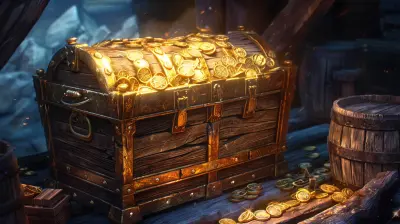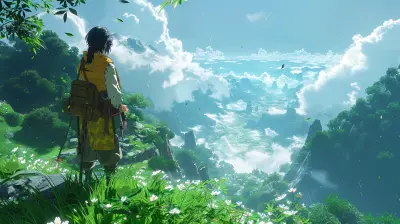High Fantasy vs. Dark Fantasy: Which Makes a Better Game?
23 July 2025
Fantasy games are everywhere—epic adventures, magical creatures, immersive worlds that pull you in and never let go. But not all fantasy is created equal. We're diving deep into two of the most popular styles in the genre: High Fantasy and Dark Fantasy. Both have their die-hard fans, and both offer something truly unique. But when it comes to game design—world-building, gameplay mechanics, narrative experience—which fantasy flavor actually makes a better game?
Let’s break it down, level by level.
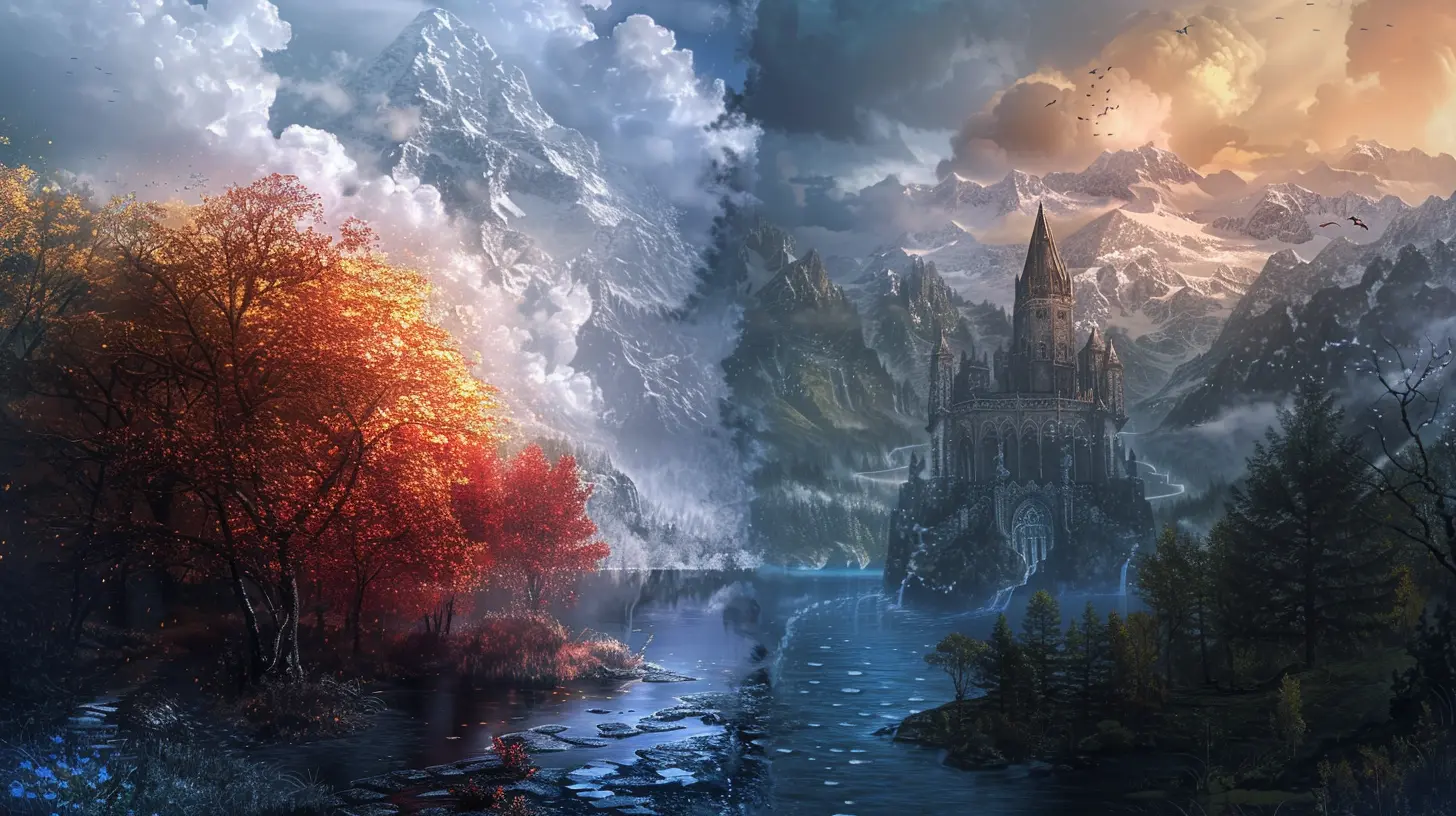
🎮 What’s the Difference Between High Fantasy and Dark Fantasy?
Before we decide which one wins the boss fight, it’s important to understand what we’re dealing with.🏰 High Fantasy: Magic, Morals, and Majesty
High Fantasy is the classic, the go-to, the Tolkien-style foundation many fantasy games are built upon. Think The Legend of Zelda, Final Fantasy, or Dragon Age: Origins. These are games set in massive, elaborately constructed worlds filled with heroic quests, ancient prophecies, and a clear divide between good and evil.Typical elements include:
- Grand kingdoms, noble knights, wise wizards
- Magical artifacts and ancient spells
- Epic story arcs with world-saving stakes
- Black-and-white morals (heroes vs. villains)
It’s the fantasy genre turned all the way up with glittering swords, virtuous heroes, and the destiny of the realm on the line.
🩸 Dark Fantasy: Shadows, Grit, and Gray Morality
Dark Fantasy turns the lights down… way down.Games like Dark Souls, Bloodborne, or The Witcher 3 fall under this grittier, moodier umbrella. You still get fantasy elements—monsters, magic, and mysterious lands—but everything’s tinged with despair, moral ambiguity, and danger at every corner.
Here’s what defines Dark Fantasy:
- Bleak, often horrifying settings
- Storylines filled with tragedy, sacrifice, and corruption
- Complicated characters with morally gray choices
- A constant sense of dread or unease
Dark Fantasy doesn’t shy away from the ugly. In fact, it embraces it. And players? They love it.
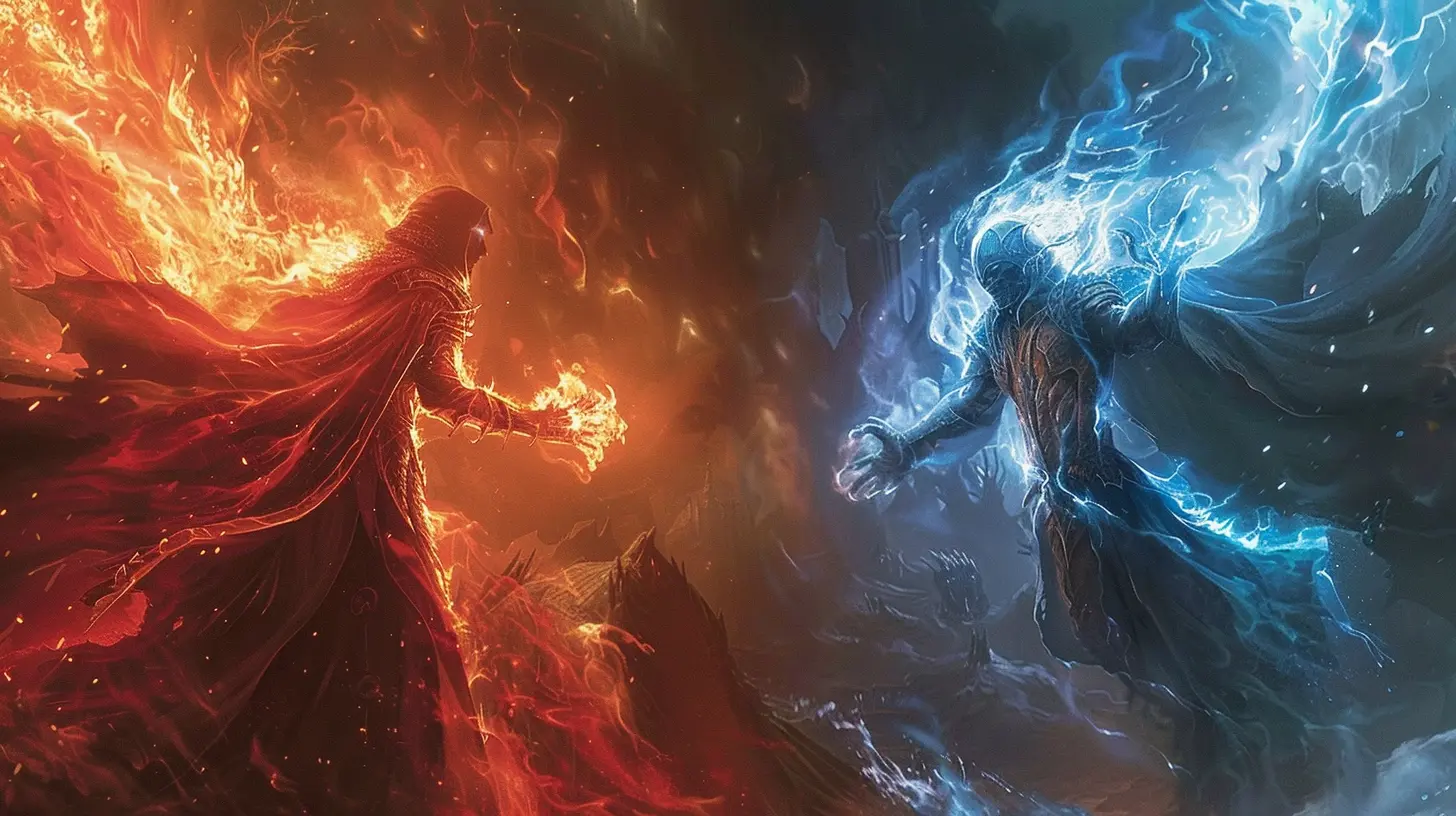
🧠 The Psychology of Fantasy Gamers
So why are people drawn to these two totally different styles?High Fantasy lets players escape. It's comforting, inspiring, hopeful. You become the chosen one, the noble knight, the mage destined to save the world. It’s about heroism and triumph.
Dark Fantasy, on the other hand, challenges you. It draws out your resilience, your decision-making under pressure, your curiosity to venture into the unknown even when everything is telling you not to. It’s not about saving the world—it’s about surviving it.
Do you want to escape reality or confront the darker parts of it through fantasy? That’s the emotional core of this debate.
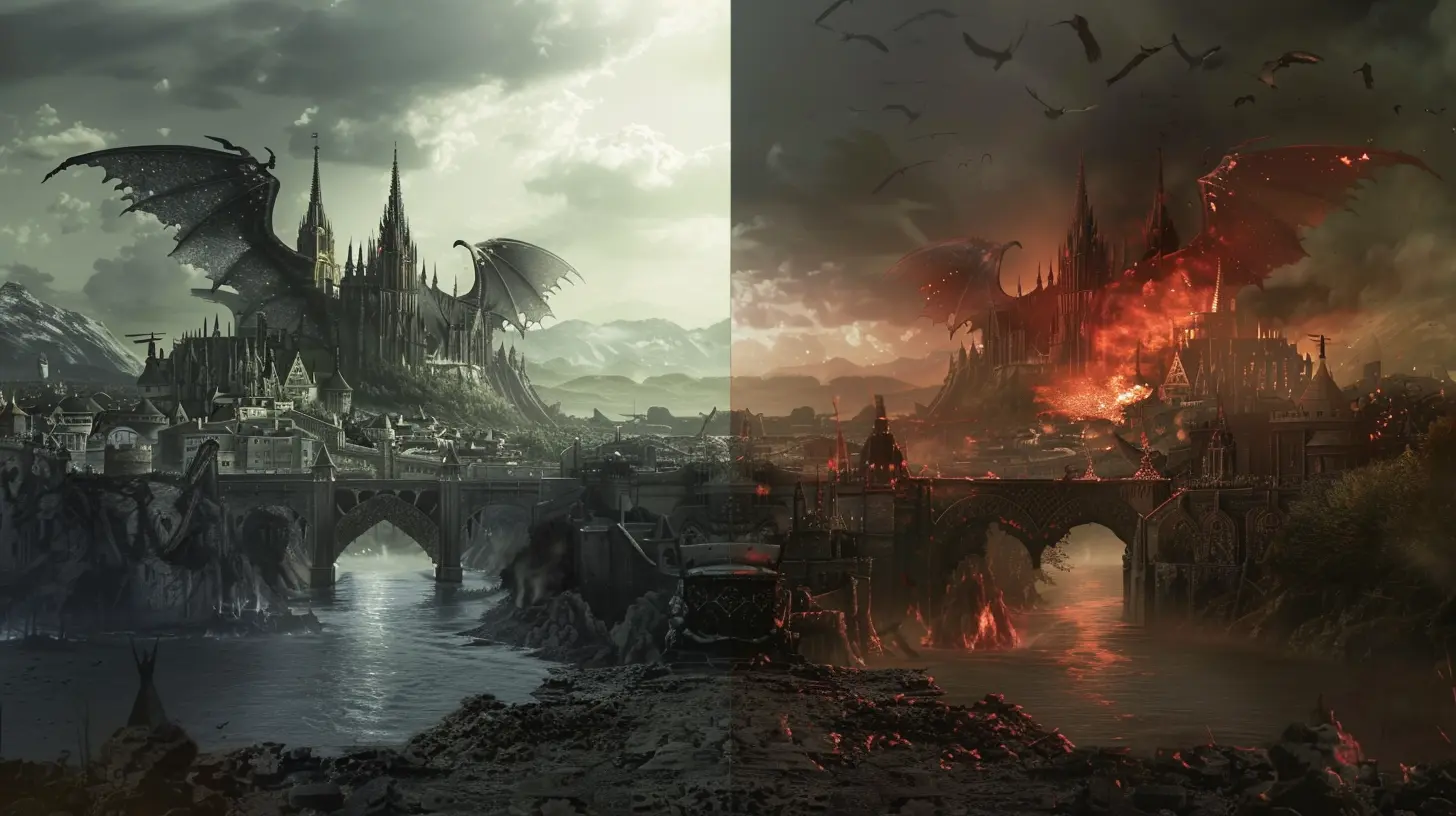
🧙♂️ Gameplay Mechanics: High vs. Dark
Let’s talk about how each fantasy flavor affects gameplay and player experience.High Fantasy Gameplay: Structure and Strategy
Games rooted in high fantasy often follow traditional RPG mechanics:- Clear objective markers
- Turn-based or structured combat
- Leveling systems with skill trees
- Rich lore and quest logs
Think of games like Skyrim or Dragon Quest. You’re guided, protected even. There’s order in the chaos. It gives players time to learn, grow, and master the world.
Dark Fantasy Gameplay: Unforgiving but Rewarding
Dark Fantasy games are often punishing. They strip away the hand-holding and throw you into chaos.- Brutal combat systems (one wrong move = death)
- Minimalistic storytelling
- Ambiguous quests with no clear “right” path
- Emphasis on player interpretation and discovery
If you’ve played Dark Souls and screamed at your screen more than once, you know how real this is. But every small victory feels monumental, and that’s what pulls players back.
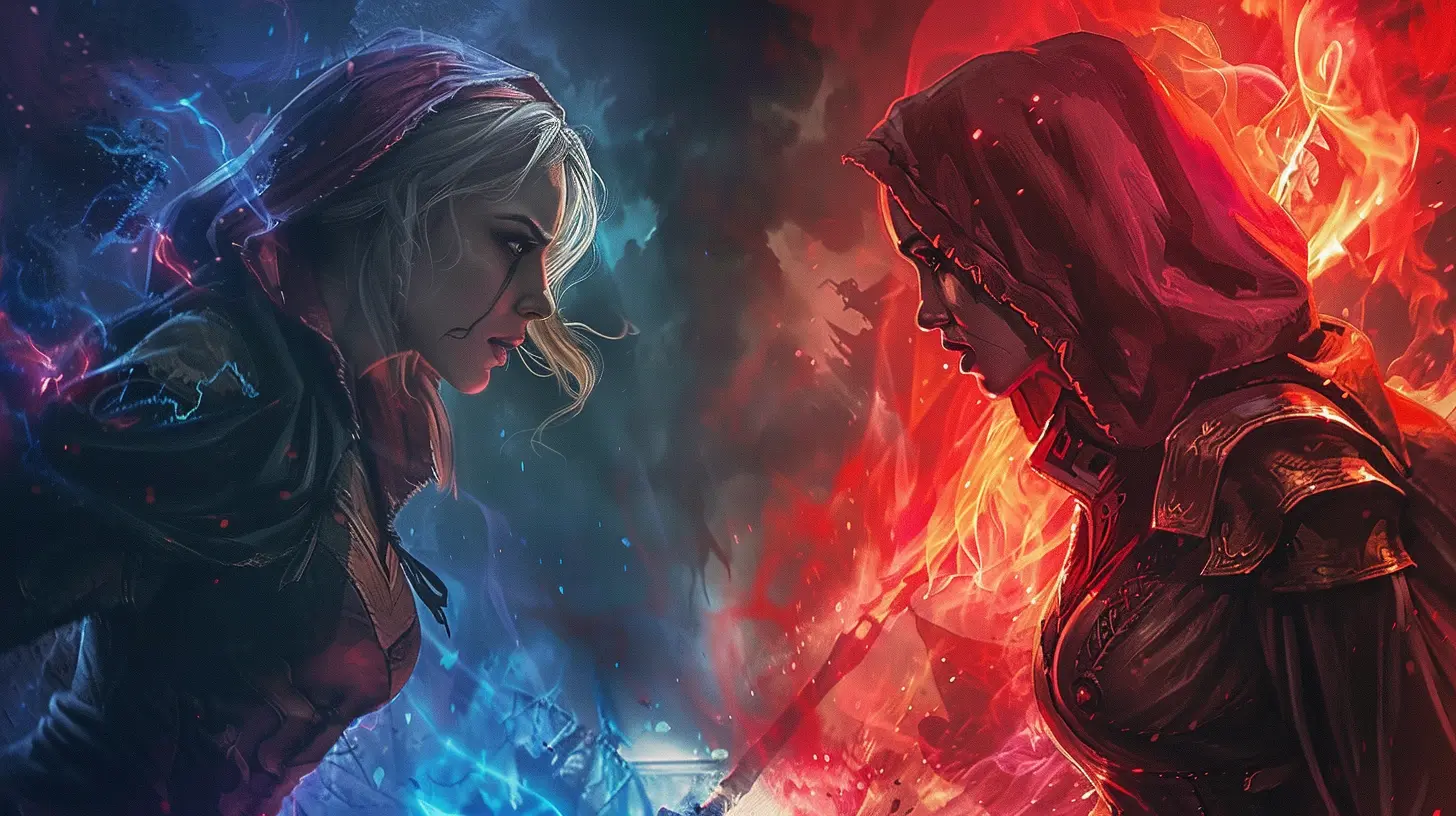
🌍 World-Building: Bright Kingdoms vs. Shadowy Realms
Let’s talk design. What kind of world keeps gamers coming back for more?High Fantasy Worlds: Lush, Expansive, and Alive
High Fantasy worlds are often:- Colorful and vibrant
- Full of NPCs with helpful advice
- Divided into regions like forests, deserts, castles
- Rich in history, myths, and accessible lore
They’re made to be lived in. When you load up a High Fantasy game, it feels like stepping into a living, breathing fairytale.
Dark Fantasy Worlds: Bleak, Isolated, and Mysterious
Now contrast that with Dark Fantasy worlds:- Desaturated colors, eerie atmosphere
- Sparse interactions (if any)
- Every area tells a story, often through environmental clues
- Secrets hidden behind even darker secrets
Dark Fantasy environments are the story. Every crumbling cathedral or blood-stained battlefield tells a tale you have to piece together yourself.
🗣️ Narrative & Storytelling: Epic Tales vs. Grim Realities
Story can make or break a game. So how do High Fantasy and Dark Fantasy differ in their storytelling?High Fantasy: The Hero's Journey
High Fantasy narratives often follow the traditional “Hero’s Journey,” popularized in mythology and modern fiction:- Humble beginnings
- A call to adventure
- Allies and trials
- A final confrontation
- Hero returns changed
It’s a tried-and-true formula. And when done right? It’s epic.
Dark Fantasy: The Descent into Madness
Dark Fantasy stories don’t care about formulas. The narrative is often nonlinear, fragmented, and open to interpretation.- Characters often face tragic, no-win scenarios
- Endings are ambiguous, sometimes hopeless
- Lore isn’t always told directly—it’s scattered and cryptic
There may not be a “chosen one” in Dark Fantasy. You might just be another soul trying to hold onto your sanity in a world that’s lost all meaning. And strangely enough? That resonates hard with modern players.
⚖️ Replayability & Player Freedom
What matters more in a game than coming back to it again and again?High Fantasy’s Replayability:
- Multiple class options- Branching storylines with different endings
- Side quests galore
- Big, open worlds you can shape
There’s a lot of room to play your way. You can be a knight or a rogue, a benevolent leader or a rule-breaking rebel. The replay value is baked in.
Dark Fantasy’s Replayability:
- Secrets that require multiple playthroughs to uncover- Different builds affect gameplay drastically
- Subtle changes in endings based on tiny actions
- Lore that’s so dense, you won’t catch it all the first time
It’s not about playing it differently—it’s about understanding it deeper each time. Like a puzzle box you’re determined to solve.
🎯 So, Which Makes a Better Game?
Alright, we’ve leveled up through the combat, the world-building, the stories, and mechanics. Time to answer the big question:High Fantasy vs. Dark Fantasy: Which actually makes for a better game?
Here’s the truth…
It’s not about which is better—it’s about what kind of experience you want.
If you’re craving a noble quest, full of magic and moral clarity, where you feel powerful and righteous—High Fantasy wins. It delivers epic stories in vibrant worlds and empowers you to be the hero.
But if you’re drawn to complexity, psychological tension, and moral ambiguity—Dark Fantasy takes the crown. It challenges your skills, your mind, and your courage.
A better game isn’t about genre. It’s about execution, immersion, and emotional impact. Both High Fantasy and Dark Fantasy are tools—and in the hands of the right developers, either can become an unforgettable masterpiece.
🕹️ Notable Game Examples (In Case You Need a New Obsession)
High Fantasy:
- The Elder Scrolls V: Skyrim- Final Fantasy XV
- Dragon Age: Inquisition
- The Legend of Zelda: Breath of the Wild
- Divinity: Original Sin II
Dark Fantasy:
- Dark Souls Trilogy- Bloodborne
- The Witcher 3: Wild Hunt
- Blasphemous
- Diablo IV
Each of these games showcases what their respective fantasy flavor can offer. Some are epic fairy tales. Others are haunting, unforgettable nightmares. Both are amazing in the right context.
🤔 Final Thoughts
In the end, fantasy is all about immersion—the kind of world you want to get lost in. Some days, you want to ride into battle on a white horse with a flaming sword. Other days, you want to drag yourself through a cursed land where every step might be your last.The beauty of fantasy gaming is that you can have both. And honestly? You should.
So the next time you’re browsing your digital library, ask yourself: Am I in the mood for starlight and hope… or shadow and survival?
Whatever your answer, there’s a fantasy world waiting for you to dive in.
all images in this post were generated using AI tools
Category:
Fantasy GamesAuthor:

Lucy Ross
Discussion
rate this article
1 comments
Kristina Williams
“High fantasy offers sparkly unicorns, while dark fantasy serves up brooding heroes and existential dread. It’s like choosing between a cupcake and a crypt!”
July 27, 2025 at 3:27 AM

Lucy Ross
Both high and dark fantasy provide unique experiences—one offers whimsy and adventure, while the other delves into complex themes and moral ambiguity. It ultimately depends on player preference!
